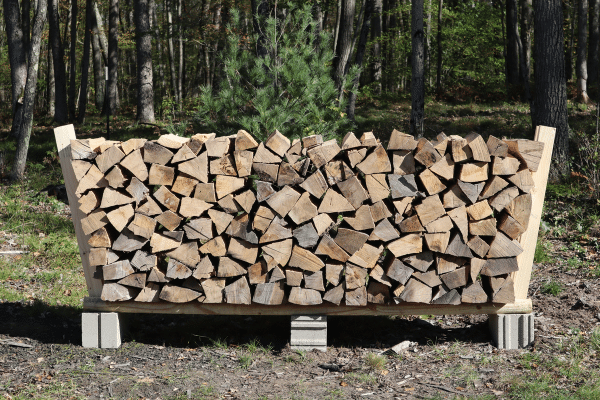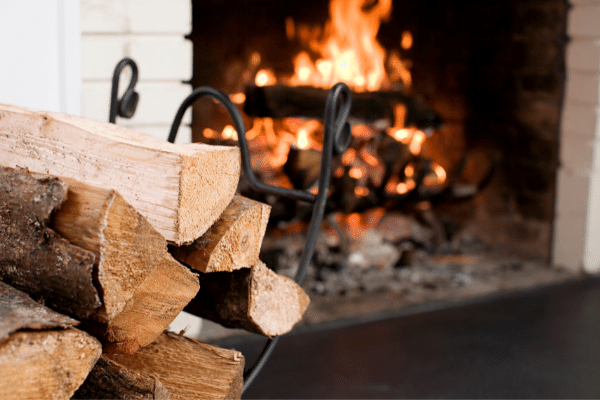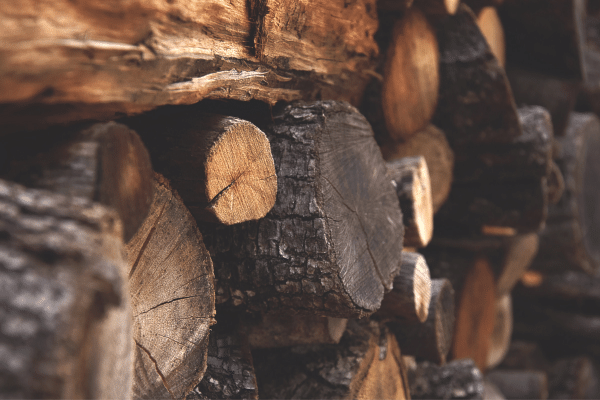- Home
- Storing Firewood
- Is Sycamore Good Firewood
Is Sycamore Good Firewood
This post may contain affiliate links so I earn a commission.
Is Sycamore good firewood?
Does it have other uses as well?
Read further to learn more about all the benefits of using sycamore as a source of home heat - especially in this age of rising fuel costs.
Overview Of The Sycamore Tree
Sycamore is a deciduous hardwood that is native to the eastern and central United States.
Platanus occidentalis is the scientific name for this tree, which is more commonly known as American sycamore.
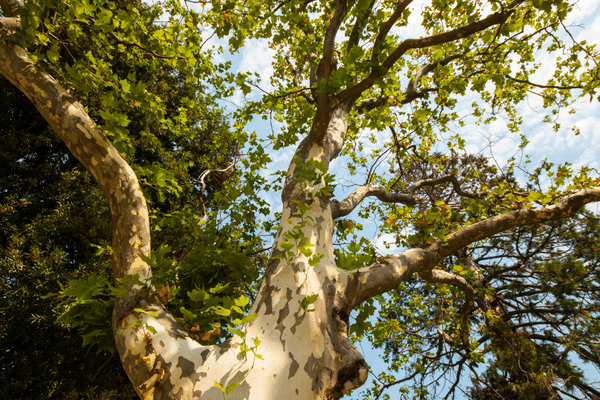
It belongs to the family Platanaceae.
Sycamore is often referred to as American Planetree and in some locations is known as buttonwood or water beech.
It grows relatively fast and can reach heights of 75-100 feet tall and average diameters of 3-8 feet when fully matured.
Sycamore has been known to reach 10 feet in diameter in some cases.
Valuable for many uses, sycamore is a good burning firewood and is a desired hardwood for woodworking, especially when it comes to things like butcher blocks, furniture, and veneers.
The American sycamore has a wide canopy and an open crown of huge, crooked branches.
The bark of larger and older trunks comes off in scales or plates, which leaves a smooth, whitish inner bark.
Sycamores are very hardy trees that are able to withstand colder temperatures.
The trees can be found in the Eastern United States and do exceptionally well growing along stream and river banks.
Sycamores have an unusual life span of up to 600 years, and are also considered the largest hardwood in the Eastern United States.
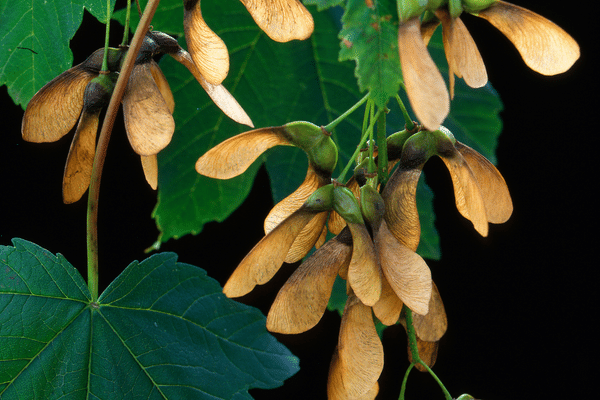
An unusual feature of the sycamore is in the seed.
Termed a “helicopter” seed due to its winglike feature, the seeds can be widely dispersed, aiding in regeneration.
Different Types Of Sycamore Trees
Belonging to the genus Platanus, sycamores are also called plane trees.
There are about eight species of sycamores, with six species found native to the US.
These species include:
- American Sycamore
- Mexican Sycamore
- California Sycamore
- Arizona Sycamore
- Old World Sycamore
- English Sycamore
Is Sycamore Good Firewood - Tips For Seasoning The Wood
Sycamore has an extremely high water content which extends the drying time needed in order to burn properly.
Some people only dry sycamore for 6-12 months but often, this results in reduced heat and larger amounts of soot and ashes.
The more time you can season this firewood, the better!
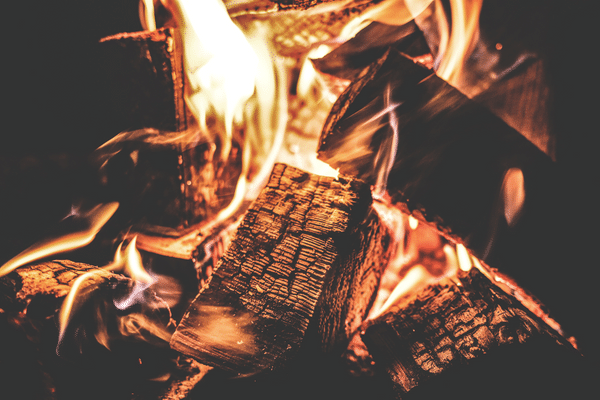
As with many of the other hardwoods used as firewood, sycamore will turn darker in color and show signs of checking or cracking especially on the ends of the chunks.
A moisture meter is always a fail-safe means of knowing how wet your sycamore firewood maybe.
The typical moisture content should be under 20%.
Using the weight of sycamore is another means of determining dryness.
Dry wood will always feel much lighter than green unseasoned firewood.
Sycamore Aphids
Sycamore trees attract an aphid species.
This insect consumes the sap from its leaves.
Often, there can be millions of these tiny aphids feeding on a single sycamore.
The messiness is attributed to the excretions of the aphids, known as honeydew, which then falls to anything beneath the tree, including other leaves, sidewalks and your vehicles.
These pests don’t usually kill sycamore trees, but if they’re proving to be a nuisance, you can use hand, mechanical, or chemical controls to remove them from the tree.
How Much Smoke Does Sycamore Firewood Produce?
Is sycamore good firewood to burn without creating a lot of smoke?
Sycamore does produce a moderate amount of smoke, which can increase or decrease with drying time.
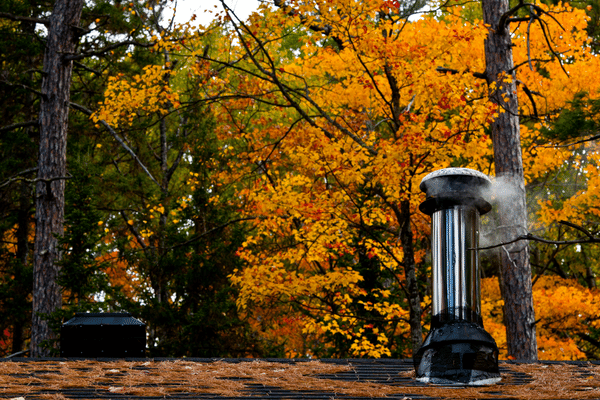
Any wood, if not properly seasoned, will always smoke more as it is burning compared to dry firewood.
Burning wet sycamore will produce a much denser and heavier smoke as opposed to burning dry.
Although sycamore is a fairly wet tree when first cut into firewood, with proper drying, the amount of creosote is minimal.
As with any firewood, it is always recommended to keep chimneys and stovepipes clean as the buildup of this sticky tar-like substance can become dangerous should it ignite into a chimney fire.
Disadvantages Of Sycamore Firewood
Is Sycamore good firewood to split?
Splitting Sycamore is a major drawback of this tree as a firewood option.
Using hand tools such as splitting axes or mauls is a difficult means of processing sycamore due to the wet nature and irregular grain of the wood.
Mechanical wood splitters, if you own or have access to them, is a much easier method to get your sycamore firewood split and stove ready.
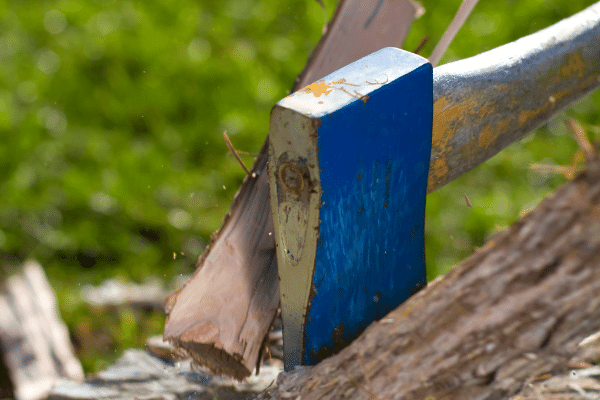
The heat output of sycamore is also considerably lower than many hardwoods, making it a less efficient firewood than others.
Typically, sycamore will only yield about 19-20 million BTUs per cord of firewood, although in some cases, people have seen higher yields.
Finally, sycamore, with its broad canopies, is a favorite planting in open applications such as public parks and picnic areas.
Uses in areas smaller than these however is considered detrimental.
Such large canopies can impede buildings and the root systems can sometimes surface, creating damage to walkways.
Benefits Of Sycamore Firewood
Sycamore doesn't have a strong smell.
It isn’t a sweet aroma such as cherry or walnut when burned, but it is not considered a bad smell either.
Considered an ideal wood to burn for people who are sensitive to strong odors, it is a mild smell.
Sycamore ashes from the wood stove also offer many benefits to gardens.
With about 20% calcium, ash is a wonderful amendment in modifying PH levels in the soil.
Calcium also helps when it comes to staving off diseases.
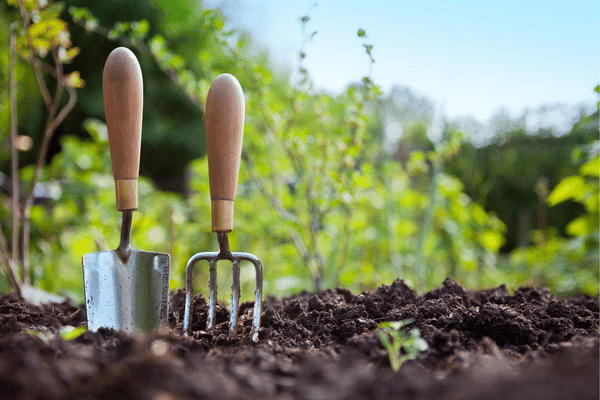
5% of ashes are composed of Potassium which is another needed nutrient for most gardens.
Often a more balanced fertilizer can be obtained by mixing your sycamore ashes into your compost as well.
Sycamore is considered by some to be the most versatile tree to mankind and wildlife as well.
The lumber produced from sycamore is used in cabinetry, veneers, kitchenware, and also musical instruments.
The seeds from the sycamore are eaten by many different types of birds.
Beaver, muskrats, and squirrels also benefit from this source of food.
It's also a favorite nesting tree for hummingbirds, which gather the fuzz from the underside of the leaf to line its nests.
Where To Find Sycamore Firewood
You can find sycamore through local vendors in your area.
Online searches can often give one a sense of direction as well in locating sycamore firewood locally.
Sycamore is a valuable tree in many ways such as in landscaping, to use as a firewood, and also in the manufacture of a fine quality lumber.
Although not hugely recognized as a high-quality firewood, it is a burnable wood with an output higher than most softwoods.
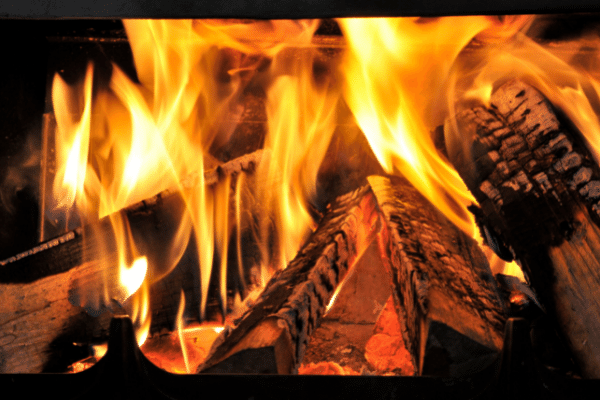
It is also a user friendly wood in that if the wood is split fine enough, no kindling is needed.
So, is sycamore good firewood?
The answer to that question really depends on what you are looking for in a firewood species.
If you want a wood that will create long-lasting and hot fires, then oak or hickory would be better choices.
However, if you are looking for a wood that is easy to find and relatively inexpensive, then sycamore may be the best option for you.
